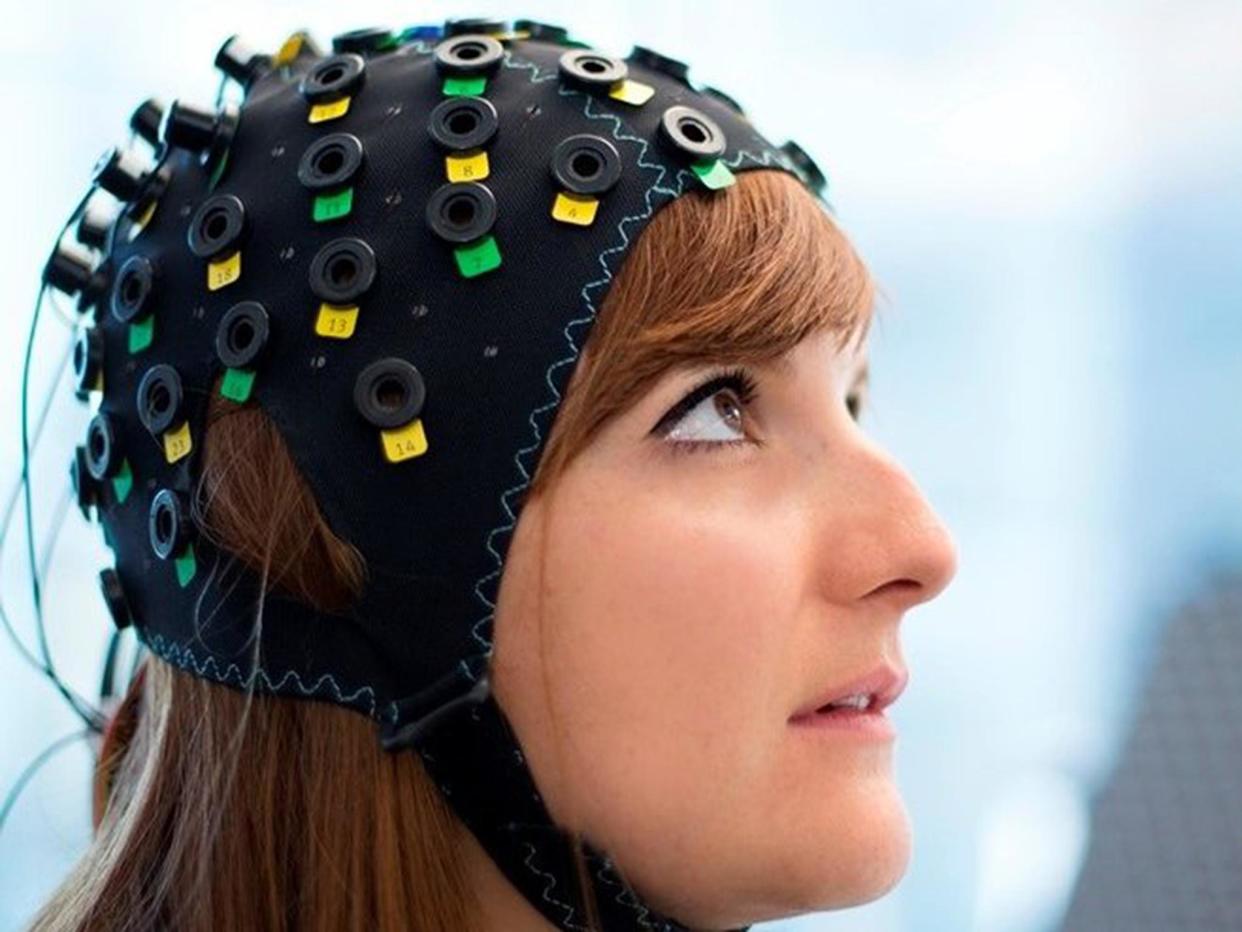Locked-in father speaks for the first time in years to reject daughter's boyfriend request to marry her

A man who had lost use of every muscle to a neurological disease has gained the ability to talk through thought in a ground-breaking development — but his ability to communicate again has brought some disappointment.
The 61-year-old, known only as Patient B, was one of three locked-in syndrome sufferers to benefit from a study that enabled them to communicate via a device that measures oxygen in the brain, meaning he could respond to questions with “yes” or “no”.
The disappointment came when his daughter’s boyfriend asked his permission to marry her, the patient responded with a damning “no”.
While the system is not consistently accurate, getting it right about 70 per cent of the time, the response to the marriage request was “no” nine times and “yes” just once, leaving little doubt it was a decisive rejection.
The ground-breaking experiment, pioneered by researchers at Wyss Center for Bio and Neuroengineering in Geneva and published in the online journal Plos Biology, also found in a more positive discovery that patients tended to give optimistic responses when asked about their quality of life.
Lead investigator Professor Niels Birbaumer said: “We were initially surprised at the positive responses when we questioned the four completely locked-in patients about their quality of life.
”All four had accepted artificial ventilation in order to sustain their life, when breathing became impossible; thus, in a sense, they had already chosen to live.
“What we observed was that as long as they received satisfactory care at home, they found their quality of life acceptable.
“It is for this reason, if we could make this technique widely clinically available, it could have a huge impact on the day-to-day life of people with completely locked-in syndrome.”
The study marks an important development towards the abolition of complete locked-in states, with previous attempts to open avenues of communication that relied solely on detecting electrical signals having failed.


